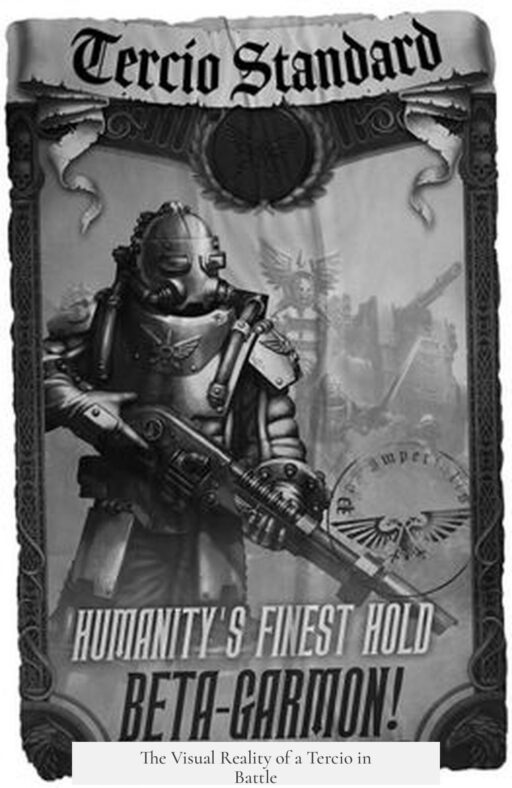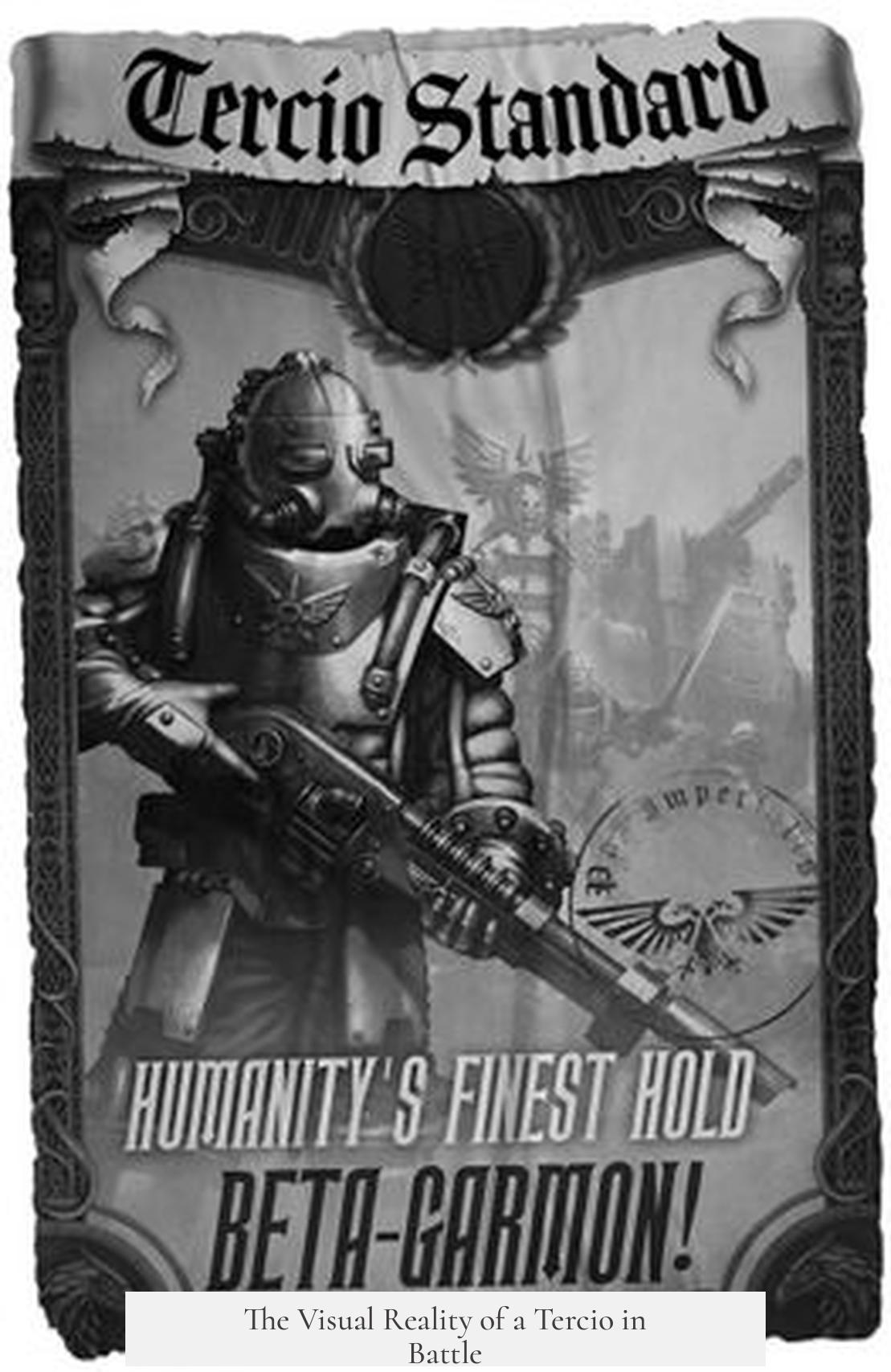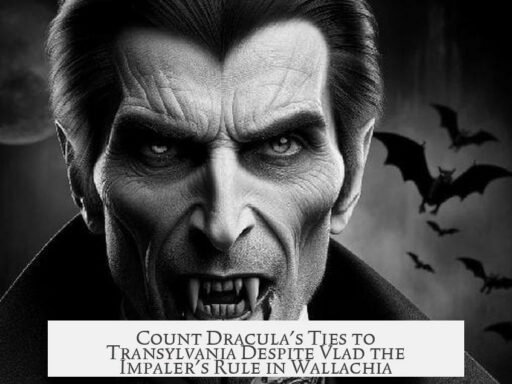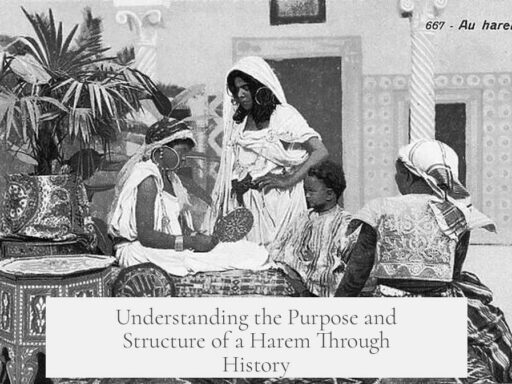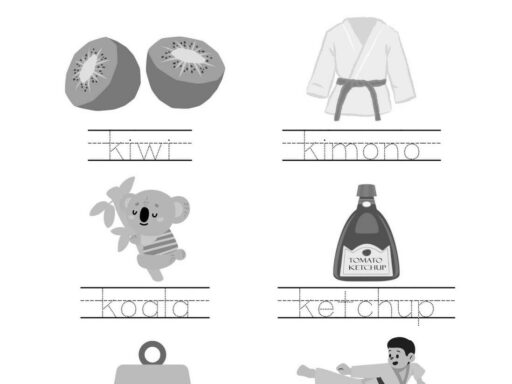A tercio in battle appeared as a formidable, multi-faceted formation of about 3,000 soldiers. It combined pikemen and firearm troops in large, solid squares with gaps in a checkerboard pattern. These squares acted as a defensive fortress and a flexible fighting unit, coordinated to guard against flanking and direct attacks simultaneously.
The tercio was a Spanish military innovation developed in the early 16th century. It combined pikes and muskets to balance offense and defense on the battlefield. A typical tercio organized 3,000 men into ten companies of about 300 each, mixing pikemen and arquebusiers or musketeers within each company.
Companies arranged themselves in a checkerboard formation. This meant that large pike squares, or “blocks,” had ample space between them, forming a pattern with gaps. While these gaps might seem vulnerable, commanders avoided letting enemies penetrate between squares. Attacking through a gap exposed the attackers to crossfire from both flanks and to a subsequent pike square behind the first, effectively guarding each opening.
The individual companies could join forces to create larger “squares of flesh and steel.” These dense formations were tough in defense but sacrificed mobility. They formed a virtually impenetrable barrier against cavalry and infantry alike, relying on the pike’s reach and the volleys of the firearm troops.
| Component | Description | Role in Battle |
|---|---|---|
| Pikemen | Long spears (~4-6 m) in dense squares | Shielded formations from cavalry and close combat |
| Arquebusiers/Musketeers | Firearm troops interspersed or behind pikes | Delivered coordinated volleys to disrupt enemy charges |
Different tercio formations existed. The Cuadro de Gente had a deep pike rectangle flanked by two caliver (early musketeer) rectangles and four small musketeer groups (“mangas”) at the corners. It was wider than deep but still roughly square.
The Cuadro de Terreno formed a wider front and fewer ranks, adapting to field conditions. Over time, tercio formations tended to become shallower and wider in response to changes in weapon effectiveness, as seen in battles like Den Bosch and Breitenfeld.
Tactically, tercios were flexible but complex. Casualties, disease, and desertion often forced commanders to recombine companies mid-campaign, balancing troop types to maintain effectiveness. Usually, the infantry divided into 3-5 large squares per battle, with multiple squads from different companies cooperating closely.
Logistically, each company was led by a captain, ensign, and lieutenant, supported by sergeants and corporals handling daily operations. Additional personnel, such as surgeons, chaplains, and cooks, provided support. Multiple companies collectively formed a regiment, managed by a colonel with administrative staff ensuring payment, food, and equipment.
As warfare evolved through the late 16th and early 17th centuries, the tercio’s dominance declined. Firearms became more effective and widespread, leading armies like the Dutch under Maurice of Nassau to develop smaller, thinner, and more linear units with a higher ratio of guns to pikes. The Swedish king Gustavus Adolphus advanced these ideas by deploying thin rectangles only a few men deep, using volley fire and integrating small artillery pieces.
Despite their decreasing relevance offensively, tercios remained powerful defensively. However, their size and density made them vulnerable to being surrounded, as at the Battle of Rocroi in 1643. The lack of mobility and slower adaptation to shifting battlefield tactics led to them being phased out in favor of more mobile, gun-heavy formations after the invention of the bayonet.
“The Spanish tercio was a fortress of men, combining spear and shot in a checkerboard of lethal squares, capable of both halting charges and delivering deadly fire.”
- The tercio combined pikemen and musketeers in a checkerboard battle formation of large squares.
- Its design balanced defense and offense, with overlapping fields of pike and gunfire.
- Commanders formed larger squares from companies to create strong defensive blocks.
- Formations evolved from deep and narrow to wide and shallow over the 16th and 17th centuries.
- Each company had its own officers and support staff; multiple companies formed a regiment.
- Tercio units declined as firearms advanced, replaced by more mobile, linear formations.
